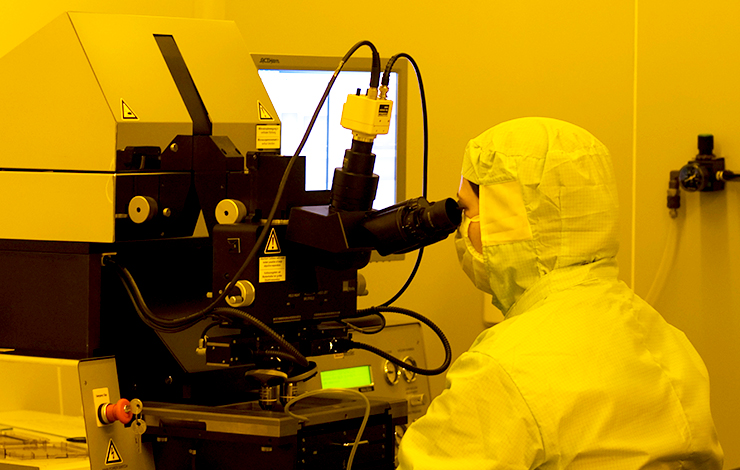


Hole mobility modulation of solution-processed nickel oxide thin-film transistor based on high-k dielectric
| Title | Hole mobility modulation of solution-processed nickel oxide thin-film transistor based on high-k dielectric |
| Publication Type | Journal Article |
| Year of Publication | 2016 |
| Authors | b c Liu A a, b c Liu G a, b c Zhu H a, Shin B d, Fortunato E e, Martins R e, b c Shan F a |
| Journal | Applied Physics Letters |
| Volume | 108 |
| ISSN | 00036951 |
| Keywords | Aluminum, Annealing temperatures, Complementary metal oxide semiconductors, Electrical performance, Electronic application, Field effect transistors, Gate dielectrics, High-k dielectric, Hole mobility, Low power electronics, Low temperature solutions, Magnetic semiconductors, Metals, MOS devices, Nickel, Nickel oxide, Nickel oxide thin films, Optoelectronic devices, Oxide films, Oxide semiconductors, P-type oxide semiconductors, Reconfigurable hardware, Semiconducting organic compounds, Semiconductor devices, Temperature, Thin film transistors, Thin films, Thin-film transistor (TFTs), Transistors |
| Abstract | Solution-processed p-type oxide semiconductors have recently attracted increasing interests for the applications in low-cost optoelectronic devices and low-power consumption complementary metal-oxide-semiconductor circuits. In this work, p-type nickel oxide (NiOx) thin films were prepared using low-temperature solution process and integrated as the channel layer in thin-film transistors (TFTs). The electrical properties of NiOx TFTs, together with the characteristics of NiOx thin films, were systematically investigated as a function of annealing temperature. By introducing aqueous high-k aluminum oxide (Al2O3) gate dielectric, the electrical performance of NiOx TFT was improved significantly compared with those based on SiO2 dielectric. Particularly, the hole mobility was found to be 60 times enhancement, quantitatively from 0.07 to 4.4 cm2/V s, which is mainly beneficial from the high areal capacitance of the Al2O3 dielectric and high-quality NiOx/Al2O3 interface. This simple solution-based method for producing p-type oxide TFTs is promising for next-generation oxide-based electronic applications. © 2016 Author(s). |
| URL | https://www.scopus.com/inward/record.uri?eid=2-s2.0-84974623209&doi=10.1063%2f1.4953460&partnerID=40&md5=8ca2c9649eb0bc72c1ad311cd07ae188 |
| DOI | 10.1063/1.4953460 |








